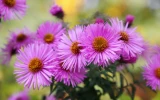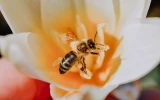What Flowers Produce the Darkest Honey?
Dark honey is made by honey bees, just like other types of honey, from the nectar they collect from particular flowers having darker pollen and nectar. Different floral sources produce dark honey depending on the season. Here are some well-known flowers that produce the darkest honey.
Buckwheat, avocado, beechwood, chestnut, dandelion, jarrah, macadamia nut, manuka, tulip poplar, blackbutt, heather, and goldenrod are flowers that make darker kinds of honey. Many of them have high levels of antioxidants and other potent minerals. Dark honey produced by these plants has a dark brown or dark amber color.
Compared to lighter-colored honey, darker honey contains less water and more antioxidants. Because of honey's antibacterial and anti-inflammatory effects, people still flock to it today.
Summary
- Different flowers have different minerals present in higher concentrations.
- The higher the concentration of antioxidants in honey, the darker it is.
- Most dark honeys have a dark amber or nearly black color.
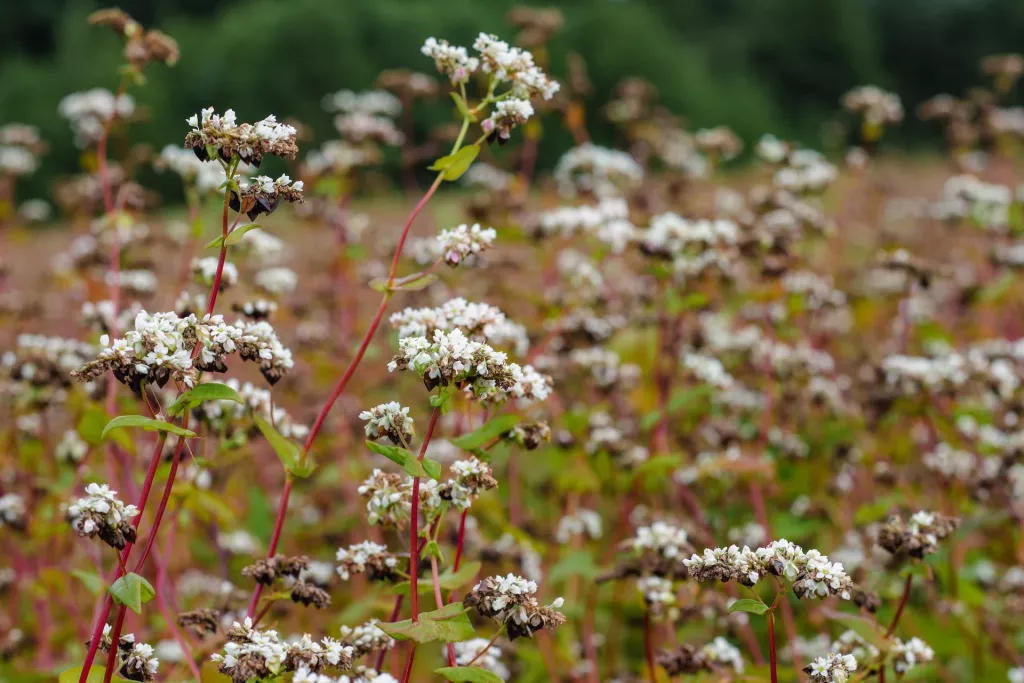
Flowers That Produce Dark Honey
The overall flavor of honey is frequently correlated with its color. Light honey will have a light flavor, whereas darker honey will have undertones of caramel.
In contrast to light honey, which is whitish and is translucent, dark honey has a dark brown or dark amber color. Dark honey typically tastes stronger and acrid than light honey.
All honeys contain beneficial minerals and antioxidants, however some dark honeys have higher concentrations of these nutrients. Similar to other products like maple syrup, the USDA divides honey into the following different types based on hue. A device known as the Pfund Grader is used to classify honey color.
- Water white
- Extra white
- White
- Extra light amber
- Light amber
- Amber
- Dark amber (This is the color of honey we're featuring in this article.)
The darker color of the honey is a result of certain plants that the bees pollinate having darker pollen and nectar. Different flowers have different minerals present in higher concentrations.
Depending on what plants are in bloom and when, beekeepers may notice that the honey they harvest will have a varied color in different seasons. Due to certain oxidation, honey that also stays inside of honeycomb for longer periods of time may darken in color.
The minerals in honey are derived from the earth and surroundings, which are subsequently transferred to the plants that bees pollinate.
Antioxidants present in honey are crucial to maintaining good health. They aid in the fight against free radicals, which can be harmful if they become overly common in our systems. Human health depends on trace minerals, which are also necessary for bodily processes.
Flavonoids, phenolic acids, and enzymes are antioxidants that are more abundant and present in larger concentrations in darker honeys.
Buckwheat
Buckwheat honey is the darkest honey you will find. Its hue ranges from purple to nearly black, and has an almost bitter flavor.
Avocado
This honey is darker amber with a rich, buttery taste. Even though it tends to be more bitter, it still has that familiar, sweet honey flavor.
Beechwood
Beechwood honey has a gorgeous dark amber hue with berry and caramel flavor nuances that are a little uncommon for honey.
Beech scale insect sap is used to make beechwood honey. That is a bit unpleasant, but it also means that the resulting honey contains very little pollen. The highest mineral concentration of any type of honey is found in beechwood honey.
The beechwood tree's leaves provide the insects with sugar, which they frequently consume in excess. The bug then lessens its load on the beechwood tree's bark. The surplus sugar condenses into sap droplets, which are then gathered for human use.
Chestnut
Chestnut honey is dark, almost brown, and has a robust nutty, peppery flavor. This honey has a very strong flavor since it contains a lot of pollen grains. Some of its varieties are said to taste bitter, and it has a unique aroma.
Chestnut honey has high mineral content, potent antioxidant effects, and antibacterial qualities. It's rich in minerals, B vitamins, vitamin C, and iron. Fructose content in chestnut honey is high.
Due to the chestnut tree, chestnut honey may be the richest of all honey in fructose as well as trace elements like potassium, magnesium, manganese, and barium. Natural antimicrobial honey is chestnut honey.
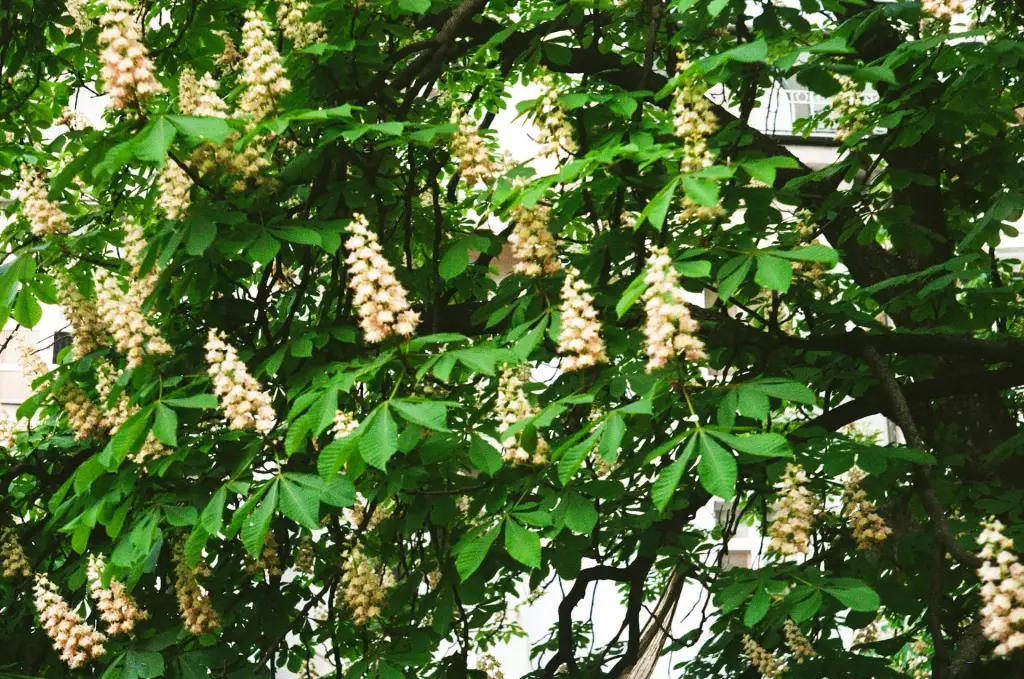
Because of its low Glycemic Index and mild sweetness, this amber-colored honey is appropriate for diabetics.
Dandelion
Dandelion honey is a strongly flavorful honey with dark amber color. It crystallizes quickly because it contains a lot of glucose.
As it crystallizes, dandelion honey changes from a bright golden yellow to a darker shade. Its flavor is acrid and bitter, and its aroma is reminiscent of the flower itself but stronger than dandelion essential oil.
It has a strong flavor with medium sweetness, and a lasting, mildly astringent aftertaste. Its creamy, buttery texture, works well with toast and provides a tasty breakfast treat.
Jarrah
When jarrah trees bloom, the forest is alive with bees busy gathering pollen and nectar. The jarrah honey varietal has an amber hue and a robust, nutty, malt flavor.
This honey has incredible therapeutic properties because it is antibacterial and antifungal. Jarrah honey has lately gained popularity due to its medicinal benefits, low glucose content, and antibacterial activity. It becomes dehydrated, making it impossible for infection-causing bacteria to live.
Macadamia Nut
Its honey has dark amber color with flavor that's a little stronger than that of its lighter siblings. It is similar to caramel in texture and richness, making it an excellent substitute for molasses and other sweeteners. The macadamia taste does persist, lending the sweetness a tangy, tropical flavor.
Manuka
Manuka honey is typically described as having qualities such as a dark cream to brown hue, a herbaceous flavor, a mild bitter aftertaste, and a sweetness that is slightly less sweet than regular table honey. It is almost always much firmer than table honey, which is runnier.
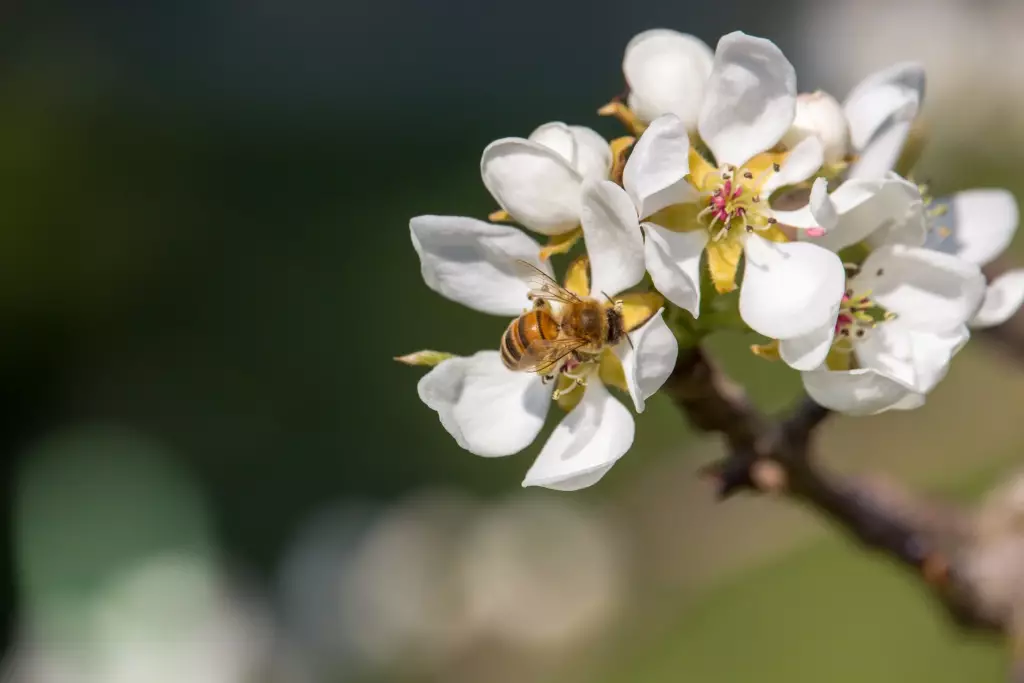
Tulip Poplar or Yellow Poplar
Tulip poplar honey is dark amber, but have a milder flavor. It has a nice and mild sweetness as opposed to the typical stronger flavor of dark honey. Its strong, dark honey is undesirable for human consumption but useful for raising brood.
Late April through early May is when the Tulip Poplar blooms. Its tree can grow to over 100 feet tall. The large cup-shaped flowers occasionally have a lot of nectar.
Blackbutt
Blackbutt tree is a species of Eucalyptus that produce this honey. Blackbutt honey is rich and thick and tastes strongly of syrup. It has a strong antibacterial component.
Heather
Heather honey is dark amber with strong, slightly bitter flavor. It has a lot of minerals, like the majority of dark honeys.
Goldenrod
Goldenrod honey has a strong wildflower flavor and is dark. Protein and minerals are also abundant in it.
What Is The Darkest Type Of Honey?
The darkest honey is the buckwheat honey. It's a Native American product primarily made in Minnesota, Ohio, and Wisconsin in the Midwest and along the East Coast from Pennsylvania to New York, as well as a few eastern regions of Canada.
Buckwheat honey has a reddish hue, ranging from dark purple to nearly black, and has an almost bitter flavor. Although it has a less sweet flavor than other wildflower honey, it is more powerful and peppery and has a thick, crystallized texture.
The polyphenols, which are also found in red wine, dark chocolate, some teas, and berries, are what give the honey its dark hue.
Buckwheat honey is one of the most well-known and extensively used types of honey because it is a high source of iron and other necessary elements.
It has high levels of antioxidant properties. In comparison to honey made by bees eating the nectar and pollen of sage, honey generated from the blossoms of buckwheat contains 20 times more antioxidants.

This honey can be used to treat coughs and sore throats. It can also decrease blood sugar levels, making it a great diet for people with diabetes.
Buckwheat honey is thought by many to have the greatest flavor profile, which makes it one of the best ingredients for making mead, a type of alcohol produced by the fermentation of honey. It is also an outstanding coating for meats.
